Dwarf Crested Iris Facts
- The somewhat descriptive term of Dwarf Crested Iris serves as the most frequently used of the common names for this beautiful plant species. The delicate marvel also goes by still another closely related general name. That’s the somewhat simpler term of the crested iris.
- The official scientific name for this beautiful creation of Nature and evolution is the comparatively simple term of Iris cristata. Regardless of which term one uses to refer to it, however, one fact remains consistent. That’s the fact that, while gorgeous, it remains small.
- Though not the first to note it, the Scottish botanist, William Aiton holds the distinction of making the first official recognition of the plant as a separate and distinct species. This scientifically noteable feat the highly renowned researcher accomplished in the year 1789.
- Though it had long been known to the Indigenous Peoples inhabiting its native region, the respected American botanist John Bartram became the first non-native person to notice it. In the 1750’s, he sent several specimens to England. It’s been present there since 1776.
- For the moment, the IUCN has no listing for the breathtaking Dwarf Crested Iris. Any such listing would appear on the organization’s regularly published Red List of Threatened Species. This fortunate state occurs due to its numbers in the wild, as well as in global cultivation.
- The wondrous plant nevertheless still faces some potential threats. Due to this, it’s listed as Endangered in a few parts of its native range. Habitat loss naturally represents one of the dangers it faces. Its greatest threat, though, most likely comes in the form of climate change.
Related Articles

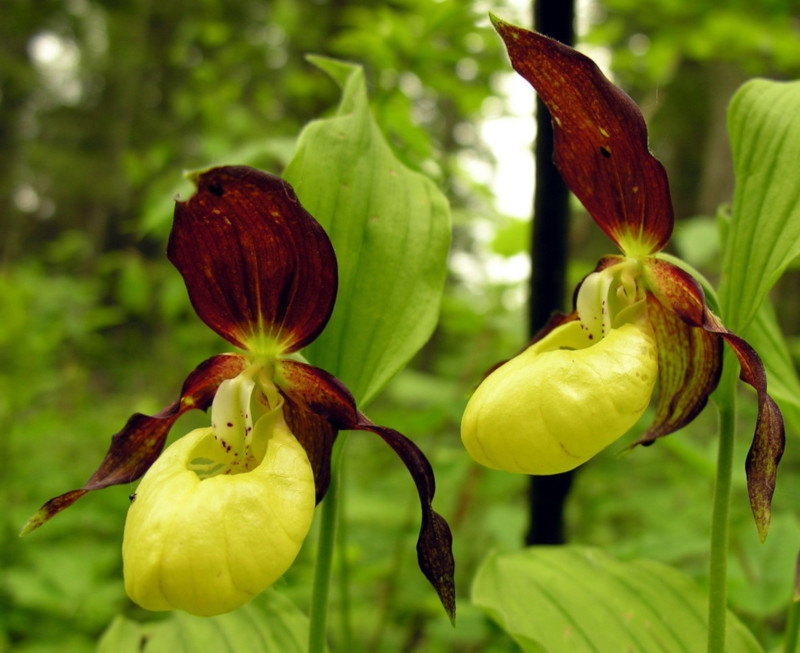
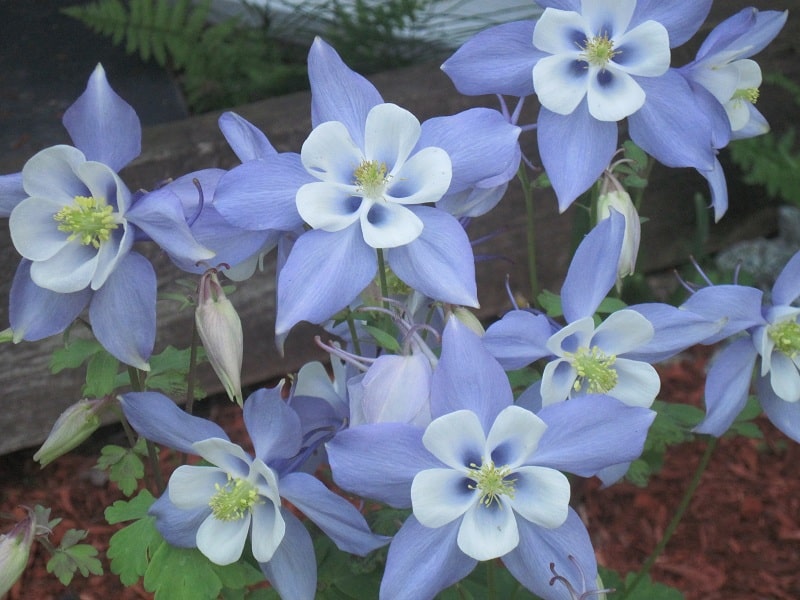
Dwarf Crested Iris Physical Description
The delicate beauty of the Dwarf Crested Iris certainly merits attention from those who encounter it, of course. That aspect of its biology, however, manifests despite what some might consider a disadvantage. That’s due to the fact that this marvel stands comparatively short in stature.
More precisely, the captivating perennial plant packs all of its outstanding beauty in a package that only attains a maximum known height of around 6 in (15 cm). An average height for this floral variety, however, measures about 4 in (10 cm). Some specimens do not exceed 3 in (7.6 cm).
The iris variety also produces numerous long, slender leaves, which present the observer a moderately deep green color to the observer. This rather distinctive foliage further develops in a highly variable length. These leaves extend outward in lengths ranging from 4 – 16 in (10 – 40.6 in).
Each separate plant typically produces only a single bloom, though two of these do develop on rare occasions. Remarkably, the petals of these tiny, delicate blooms actually develop in a wide variety of shades. Its sepals, meanwhile, have a white or yellow central band, with a bright purple stripe.
Of further note stands the extreme range of the shades the gorgeous petals of the Dwarf Crested Iris evolved to manifest. These, in fact, develop across the spectrum lying between blue to purple to white. This range additionally varies from individual plant to plant, with no apparent pattern.
- Kingdom: Plantae
- Phylum: Angiosperms
- Class: Monocots
- Order: Asparagales
- Family: Iridaceae
- Genus: Iris
- Species: I. cristata
Dwarf Crested Iris Distribution, Habitat, and Ecology
Unfortunately for those who appreciate its beauty in the wild, the Dwarf Crested Iris possesses a somewhat limited native range of distribution. That’s due to the fact that the diminutive beauty appears to currently exist naturally in only a small portion of the Northern Hemisphere.
That indigenous range of habitation covers portions of a total of nineteen states in the United States, in North America. These specific states appear in the northeastern, north-central, and southeastern portions of the country. For now, evidence indicates the plant never spread elsewhere.
Somewhat surprisingly, this tiny Angiosperm evolved as endemic to soil containing relatively high ratios of the mineral lime. Given this, the mesmerizing plant most frequently appears naturally in areas such as rocky hillsides, ravines, oak woodlands, mountain ledges, and along gentle streams.
These regions, however, also need to meet yet another condition for the plant to thrive. These conditions must include the specific site to be well drained in nature. If excessive moisture remains present in the local soil, the species does poorly, severely limiting its potential expansion.
Pollination of the Dwarf Crested Iris principally occurs due to the activities of several types of locally prevalent bees. Several varieties of hummingbirds, though, also seem to favor the flowering plant, finding its nectar especially appealing. In cultivation, it also reproduces via root division.
This wonder of Nature also apparently prefers areas comprised of cool, partially shaded conditions, but also does reasonably well in direct sunlight. Its magnificent flowers typically appear in early Spring. Afterward, the plant most frequently goes dormant during the local Winter season.
Local Native American populations, especially the Cherokee, have long used it in their traditional medicines. Caution must nevertheless be taken with the little beauty. That’s because, like many of its closely related species, many parts of this wonder of evolution are moderately poisonous.
Species Sharing Its Range
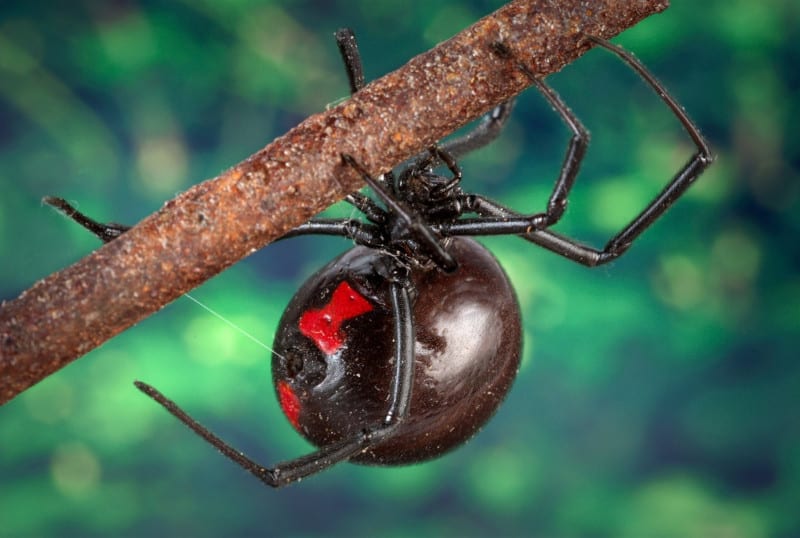
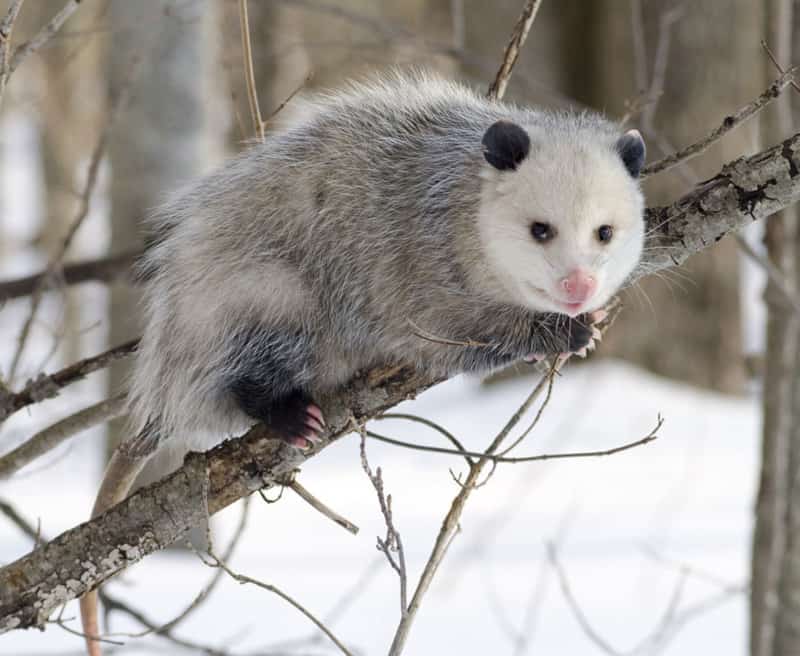
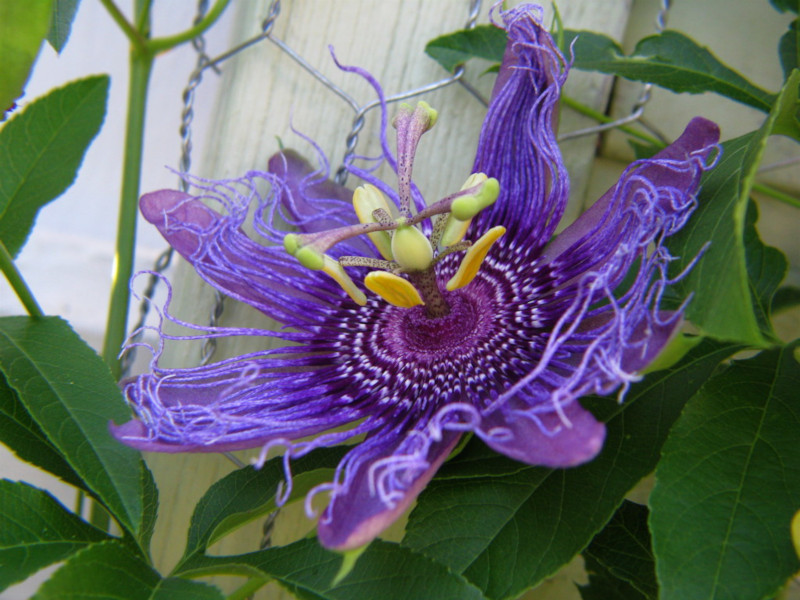
Check out our other articles on 7 Stunning United States Mammals, 5 Remarkably Riveting Rays, Padirac Cave, Reef Manta Ray, Claudina Butterfly, Maned Wolf, Rainbow Snake, Hyacinth Macaw
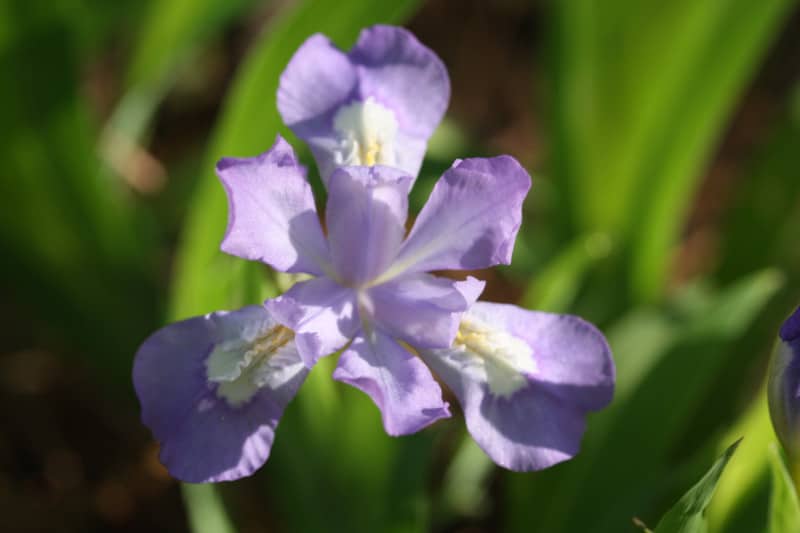
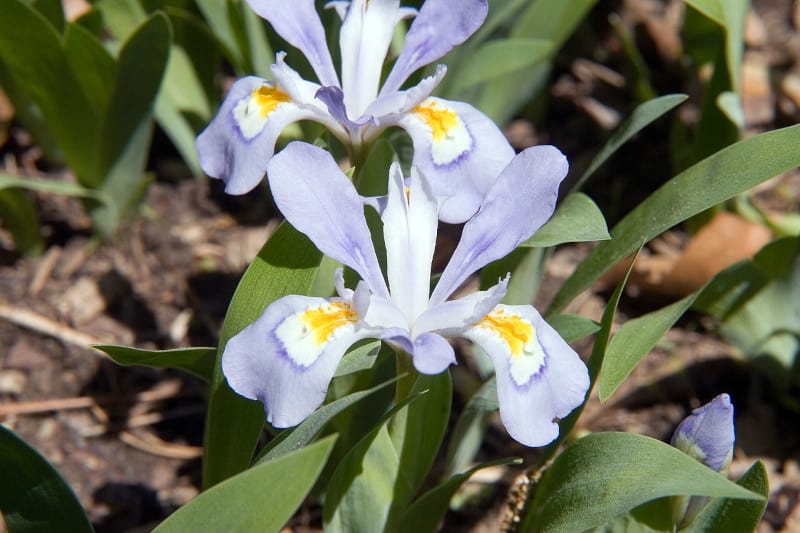
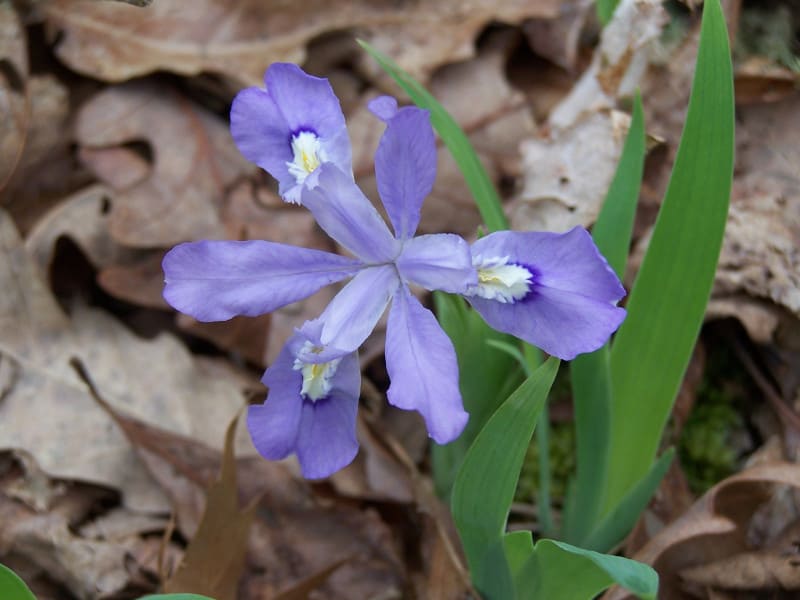









Leave a Reply